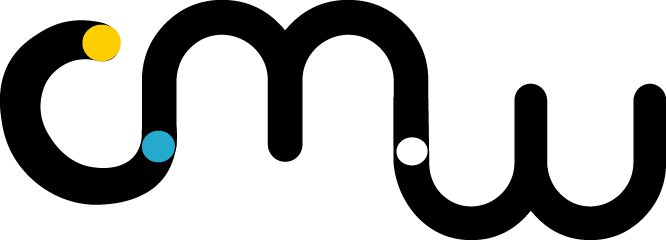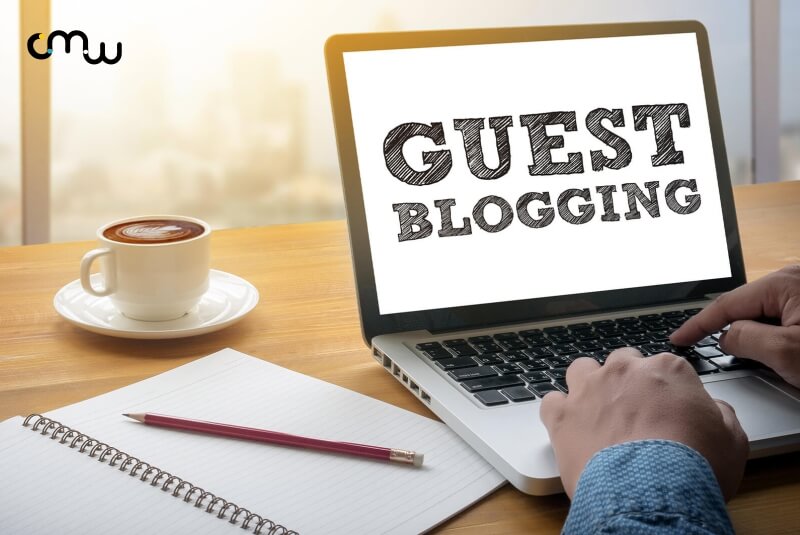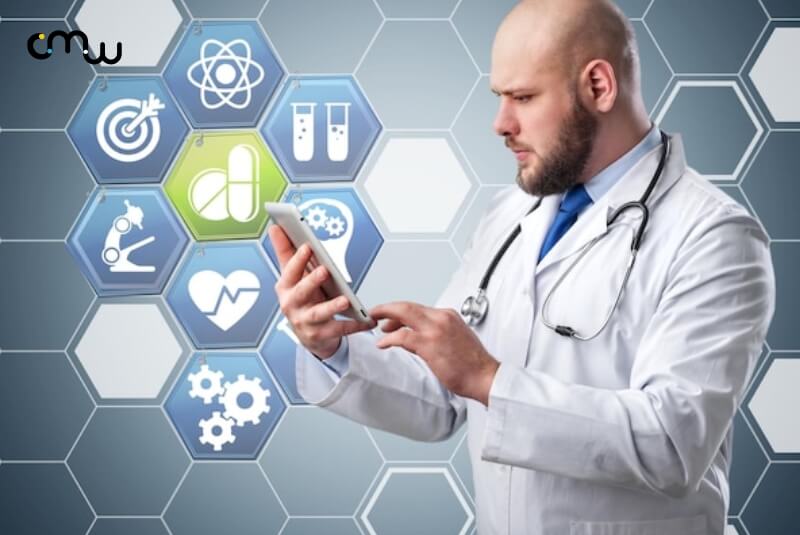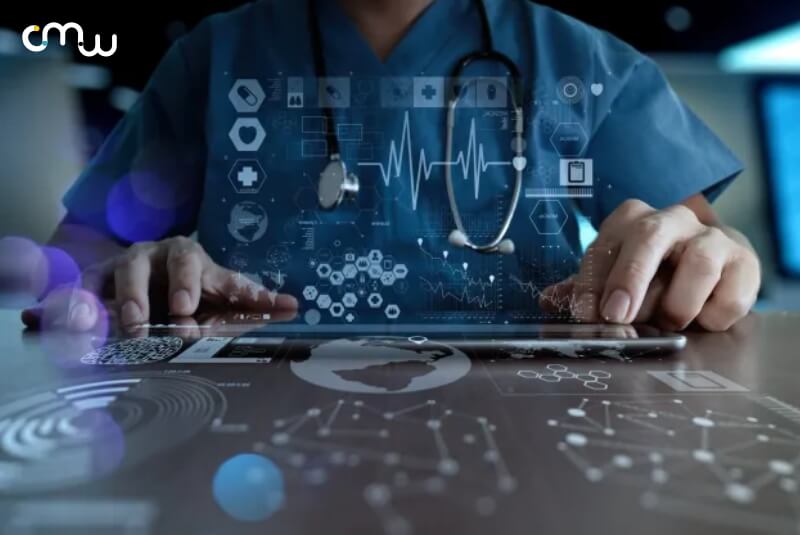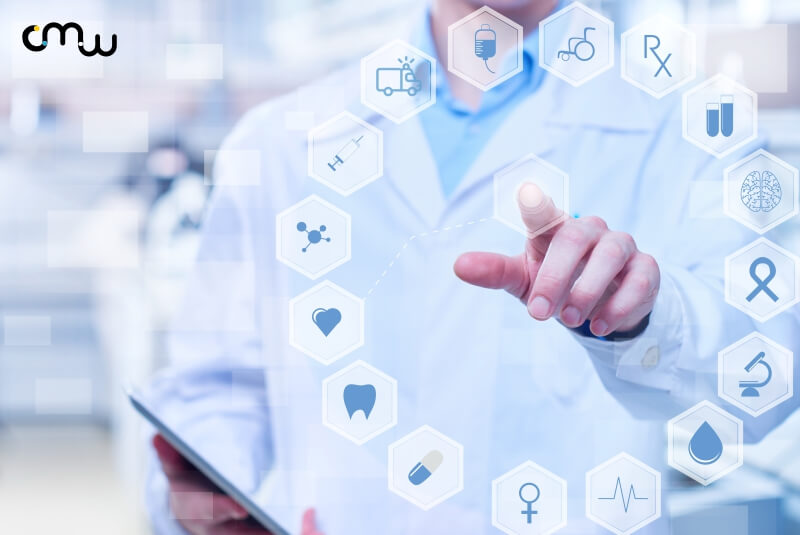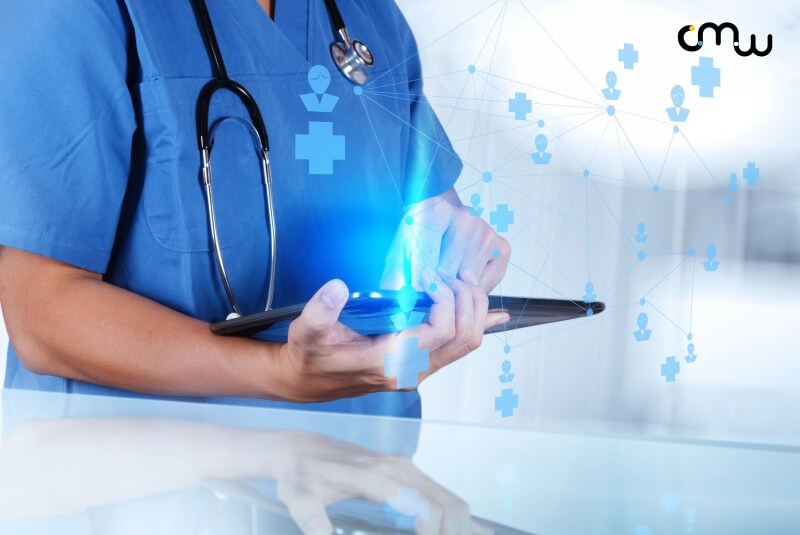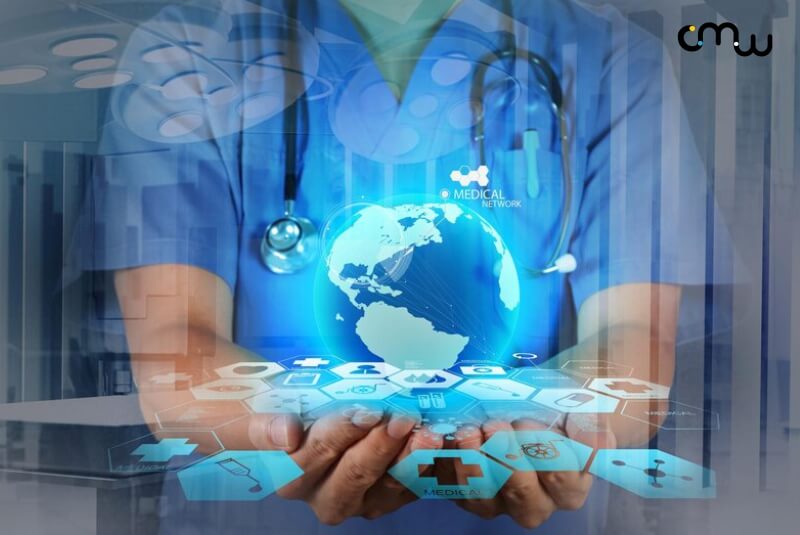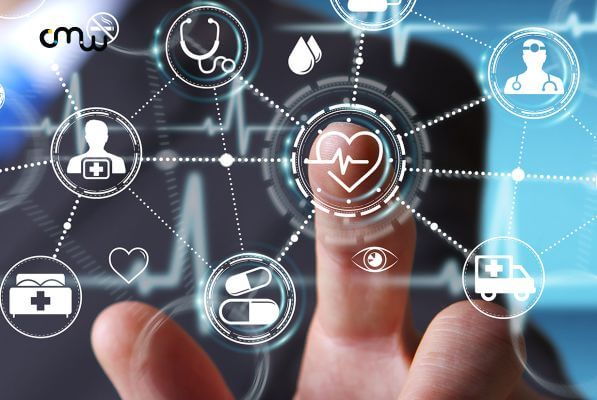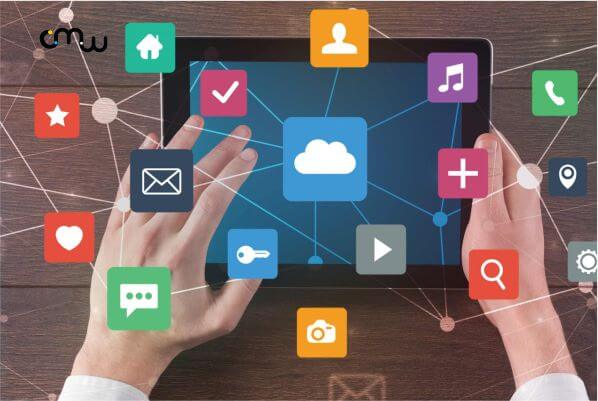Statistics on how social media has impacted the healthcare industry. Social media can enhance patients’ approach to health care statistics and other academic assets. Physicians could use social media to spread messages that may be more likely to reverberate and be exploited by patients. The straightforward truth is that patients and the general public use social media to examine healthcare resources. They use it to consider for data, find help, and make healthcare conclusions. Most importantly, social media is a procedure to support patients and the public effortlessly and promptly.
Social media and healthcare are a robust combination. Social media’s impact on healthcare services has become a significant health resource. Not just for Gen Z. Nearly 90% of older people have used social media to seek and split health information. Agencies and brands need to fabricate appealing social content. That content also needs to be explanatory, timely, and precise. There are statistics on how social media has impacted the healthcare industry.
Perks of social media
Social media has its perks related to healthcare.
- Psychological
- Advisory
- Acclaim
- Network Support
- Social Contrast
- Psychic Articulation
Social media and influence
Social media has become an admirable gimmick for patients to enlarge their knowledge about their condition and medicaments. For example, 29% of patients use social media to see others’ experiences with their disease, and 42% peruse social media tenets to come across health-related client reviews, according to PwC.
Social media can donate to the patient’s plausibility to change their provider multiple times. 44% of users look up particulars about doctors before planning a visit. Patients pay more curiosity to negative retorts shared by other users. One can pick to switch doctors after playing a part in an online argument with another patient. Social media analysis has had the most outcome on contributor choice for patients managing persistent disease and managing their diet or stress.
Tweets containing hashtags with disease names will result in a free-flowing stream of comments from people worldwide. While these tweets may seem unimportant on their own, they cumulatively entwine together a vast duvet of information about who is sick, where, and when and how people deliberate and act throughout flu season.
Uses of social media
41% of people have stipulated that the information they get from social media affects healthcare. It comprises the option of hospitals and treatment centers. As a result, doctors, pharmaceutical corporations, hospitals, even health protection providers are using social media impact on healthcare for the following:
- Producing contemporary research.
- Training healthcare clients.
- Leading consumers to their forums and landing pages for up-to-date guidance.
- Marketing ingenious services such as block-chain based economic answers to other healthcare companies.
- Attaching case information, pictures, and results.
- Sharing patient criticism and recommendations.
- Providing customer help and contributing healthcare advice.
Statistics related to healthcare
Social media effects on the healthcare sector include:
- 28% of people who maneuver social media for personal reasons support a medical tenet using social media.
- 60% of people trust blogs written by their doctors, —55% trust infirmary posts.
- 87% of doctors use social media for confidential reasons. 67% of those doctors use social media professionally.
- Only 15% of hospitals hire an employed social media administrator. 6% of them allocate a trainee.
- Around 30% of adults are likely to share information about their health on social media accounts with other patients, 47% with physicians, 43% with nursing homes, 38% with a health cover company, and 32% with a drug company.
- Of more than 1,500 hospitals countrywide who have an online existence, Facebook is most popular.
- Eighty-eight percent of physicians use the Internet to research remedial, physiological, and therapeutic devices.
- 31% of healthcare organizations have definite social media specifications in writing.
- California, Texas, and New York state hospitals use social media more than any other state.
- Massachusetts General Hospital’s emergency department analyzers designed an iPhone app EMNet finder, handling users closest to the ER anywhere in the United States.
- In the course of the deadly 2009 shooting rampage at Fort Hood, Scott & White Healthcare workers provided constant updates on ER access, medical availability status, Red Cross news, and much more. S&W’s rank of Twitter acolytes soared by 78%.
More instantaneous assessment can help both consumers and organizations. With patients more steadily taking to social media to express viewpoints, offenses, and incidents, they expect quicker response times from organizations. In addition to upgrading services and creating products to meet patients’ requirements better, social media has taken on a more empirical approach to primary, regular operations within an establishment. For example, according to the report, 49% of those surveyed expect to hear from their doctor when demanding an appointment or follow-up via social media within a few hours.
88% of doctors use social media and the Internet to investigate medical devices, pharmaceutical knowledge, and biotech statistics. Doctors can use social media as a medium to reach out to other specialists. They can traverse the social media pages of medicinal companies and device assemblers. They can even observe the journals of other practitioners to learn more about their trials. Also, family custodians can search online for methods to benefit from the time and effort they devote to caring for a loved one.
Loopholes
Despite the advantages, social media users come across many challenges such as shortage of authenticity, absence of privacy and confidentiality, users’ and patients’ inexperience of potential perils of health information revelation, inaccurate medical advice, adverse health consequences, gloomy health behavior, and information surcharge. Additionally, patients may refuse to ask health care providers due to social media utilization. Besides, there is no assurance that patients try reclaimed health information in terms of their conditions adequately. These oppositions may jeopardize patients and community health. Most healthcare stakeholders, including clinicians and executives, are not conscious of social media’s outcome. They are not fully aware of the possible implementations in daily activities and related strategies.
